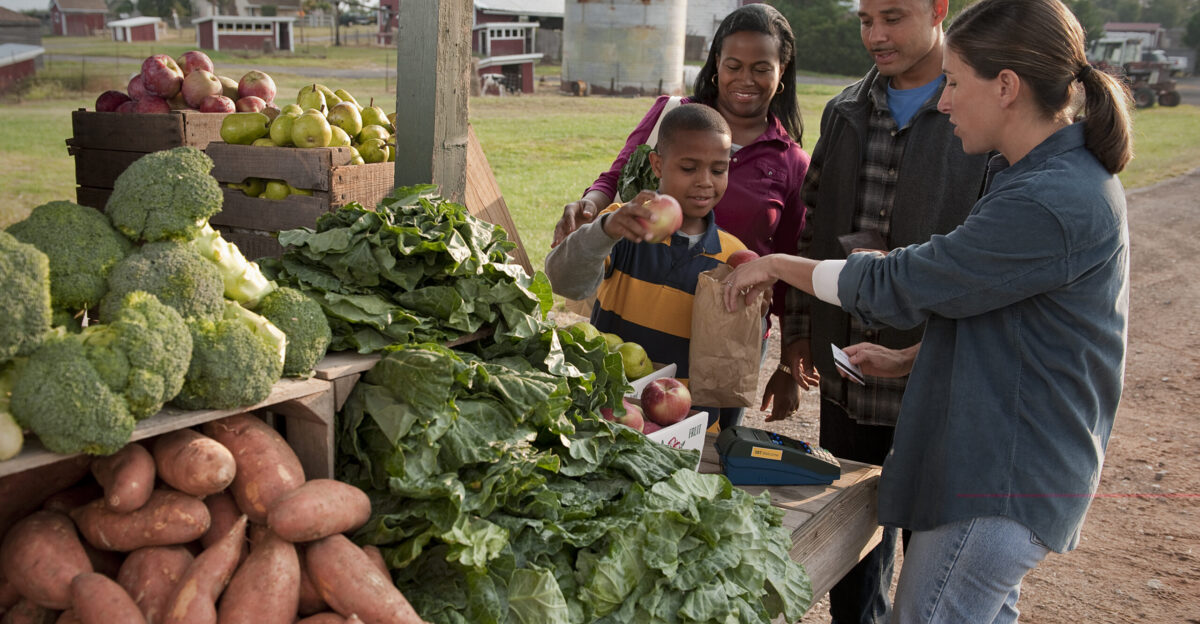
Starting November 1, 2025, the U.S. Department of Agriculture will enforce stricter work requirements for the Supplemental Nutrition Assistance Program (SNAP) under the One Big Beautiful Bill Act, which was signed into law by President Trump on July 4, 2025.
Beginning on that date, able-bodied adults without dependents (ABAWDs) aged 18 to 64 must work, train, or volunteer for at least 80 hours each month to keep receiving food assistance. If they fail to meet this requirement, they can only receive SNAP benefits for three months within any 36-month period. The Congressional Budget Office estimates that this change will affect around 2.4 million people.
Why the Policy Changes

Lawmakers have introduced a new rule to encourage more people to work and to decrease spending on federal food assistance.
The One Big Beautiful Bill Act significantly alters who can receive benefits and represents the most substantial change to SNAP policy in over a decade.
Who Must Meet the 80-Hour Rule

New standards for adults require that individuals must be between the ages of 18 and 64.
They should also be physically and mentally capable of working, not responsible for caring for dependents under the age of 14, and not eligible for exemption under any other criteria.
Who Is Exempt

Certain key groups are exempt from specific requirements. These include adults aged 65 and older, individuals with disabilities or those deemed medically unfit for work, pregnant individuals, and parents or caregivers of children under 14 years old.
Additionally, students enrolled at least half-time, participants in drug or alcohol recovery programs, and those who are already fulfilling work requirements for unemployment insurance or Temporary Assistance for Needy Families (TANF) also qualify for exemptions.
Age Expansion and Removed Exemptions

The OBBBA changes the age limit for ABAWDs from 54 to 64. It also removes automatic exemptions for veterans, foster youth aged 18 to 24, and people who are homeless.
However, Alaska Natives, American Indians, and Urban Indians still qualify for exemptions if they are eligible for the Indian Health Services.
Documentation and Verification

SNAP recipients must provide proof of activities such as job training, work, or volunteer service to continue receiving benefits. They must submit this proof during their recertification appointments or whenever their state agency requests it.
Acceptable documents include employer contacts, records from training programs, or timesheets signed by supervisors.
Non-Compliance Consequences

If you do not meet the requirements, you can only get SNAP benefits for three months in any 36-month period unless you fulfill the work obligation to requalify.
States may also choose to wait before reinstating benefits, depending on their local policies and procedures.
Two Separate Crises

There are two primary challenges facing SNAP at present. First, new work requirements will take effect for Able-Bodied Adults Without Dependents (ABAWDs) starting in November. This is a permanent policy change.
Second, the ongoing government shutdown, as of October 2025, could delay or stop payments to all SNAP recipients if federal funding runs out.
Consumer Spending

Retailers in low-income communities may experience a decline in foot traffic if a significant number of SNAP users lose their benefits.
However, the exact impact of this change remains uncertain, as compliance rates can vary and new data are being gathered.
Retailer and Food Chain Effects

Grocery stores, big-box stores, and fast-food restaurants are preparing to adjust their promotions and stock levels in anticipation of a potential decrease in SNAP (food assistance) spending.
These changes are preliminary predictions and will be reassessed once the policy is implemented.
Nonprofits Brace for Demand Surge

Charitable food organizations and pantries are experiencing an increase in requests for emergency food aid as new SNAP work requirements take effect.
Food banks and similar organizations are preparing for this increase in need by providing more resources and working with state and local governments.
Rural vs. Urban Challenges

Rural areas, which often have fewer job opportunities and limited access to training or community service programs, may find it harder to help affected individuals meet the 80-hour monthly requirement.
Urban regions are expected to adjust more easily since recipients generally have greater access to workforce programs and nonprofit support.
Health Implications

Public health experts warn that losing SNAP benefits could worsen food insecurity and nutrition for those unable to meet the new requirements, particularly in rural communities.
When assistance is cut, recipients may turn to cheaper, less healthy food options, which could lead to increased rates of diet-related illnesses over time.
Implementation Schedule

Implementation begins November 1, 2025, but most recipients will not face immediate review until their next annual or semiannual recertification visit.
Some states may apply for waivers or delay enforcement, but most are expected to transition to the new system by early 2026.
What Recipients Should Do

If you receive SNAP benefits, please update your contact information with your state agency as soon as possible.
Keep track of the hours you spend on qualifying activities and have your employment and training records readily available for audits. Report any changes in your work participation or exemption status as soon as possible.
Appeals and State Flexibility

States can request limited discretionary exemptions or waivers from the three-month benefit limit if certain regions face high unemployment or other hardships.
Each waiver request must be approved by the USDA’s Food and Nutrition Service.
Political Responses

Some states and advocacy groups argue that expanding the age limit and removing exemptions will disproportionately affect vulnerable populations such as veterans and foster youth, increasing the risk of hunger.
Supporters, however, say the reform promotes fiscal accountability and encourages greater participation in the workforce.
Market and Economic Expectations

Researchers, policymakers, and financial analysts are closely evaluating how stricter SNAP work requirements could influence broader economic conditions.
Reduced benefit participation may lower consumer spending in low-income communities, affecting grocery retailers and regional food markets. Economists also anticipate potential labor market shifts, as more individuals seek employment or training opportunities to maintain eligibility for assistance.
Monitoring Program Outcomes

The USDA and state agencies will monitor participation rates, exemption usage, appeal volumes, and food insecurity data to assess the policy’s effects.
Early administrative reviews will help guide adjustments if the policy causes significant hardship.
Recipient Resources

For more information on SNAP work requirements and how to meet them, visit the USDA’s SNAP Work Rules at www.fns.usda.gov/snap/work-requirements.
For questions or assistance with employment and training, contact your local state agency or call the 211 Food Aid Hotline. Many recipients may also qualify for SNAP Employment & Training (E&T) programs, which can help meet the work requirement or connect participants with local job opportunities.